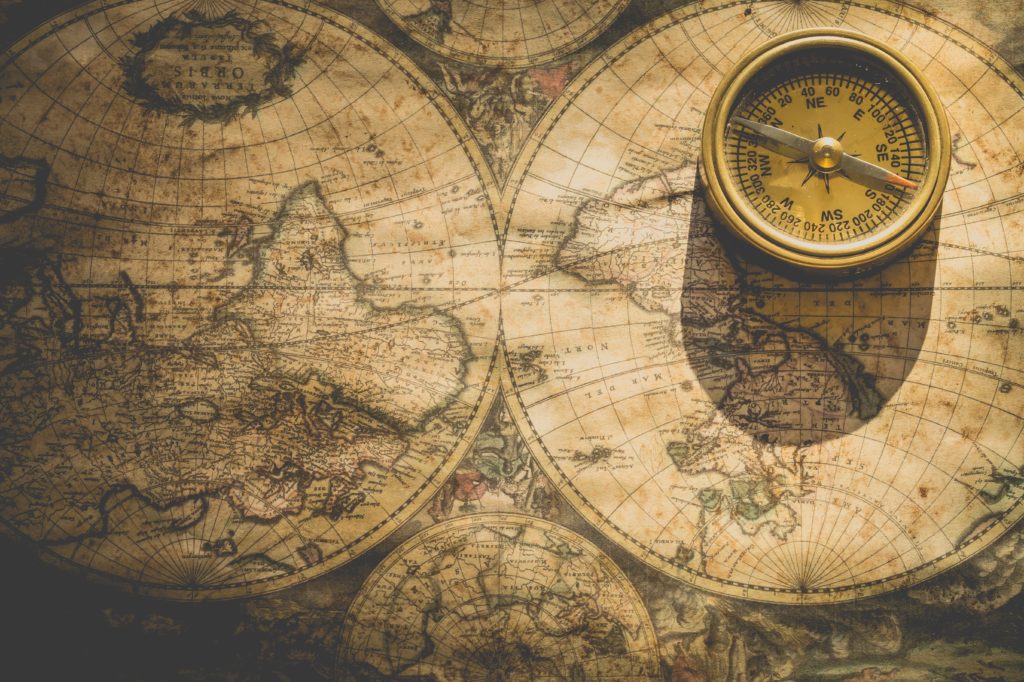It is never wrong time to get acquainted with the Russian mental landscape – but now it is more acute than ever. We need to find out what we already know, what is weird and foreign – and what is the message we will never understand.

Everything from Pushkin, Chekhov, Dostoevsky, Gogol, Bulgakov to Mayakovsky and Maidan is crystallized in one novel from Alexander Solzhenitsyn. The book was published in 1973 with a title The Gulag Archipelago, which is the name of the penitentiary system of the Soviet dictatorship, an abbreviation of Glavnoje upravlenije lagerei, the Central Agency for Camp Affairs. Solzhenitsyn describes the whole process – how you got there, what “life” was like there and what was left of the person in case you survived.
If you just try to glance though the 1,200 pages (an edition of Sofi Oksanen’s Silberfeldt publishing house) the book will exhaust you even before the author has been arrested. The text drains slowly along like Amazon River in a steady, lead-gray tuft of details. The style is a stunning symbol of the country’s culture: nothing is left unclear, and every line is as ruthless as the most polished poem.
What is Russian in the book is the macabre nonsense of life, the adaptation to a system of horror where nothing is true, sacred, or precious, and you don’t even have the right to pretend properly. Further, there is a chilling connection between the Soviet machinery’s ruthless attitude to today’s complete lawlessness, which Putin’s Russia is all about. Tsarist Russia did not have a constitution – and the current one is copied from the Soviet charter. Internal terror was possible during Stalin’s time because the secret police had all the functions of the judiciary – authorized to suspect, arrest, convict and punish.
In his unique style as a writer, Solzhenitsyn reaches the level of masters of narration such as Gabriel Garcia Marques and Jose Saramago. The style remains, though the story covers moments across several decades, in several countries, and connects the stories of hundreds of people to the fates of millions. The level of finishing is stunning because the notes have been secretly taken in the conditions of the penitentiary, in constant danger of disclosure. Solzhenitsyn smuggled the notes as microscopic pieces of paper to a remote cottage in Estonia and wrote the books there in the 1960s.
The author would have kept the manuscript hidden for longer to protect other prisoners, but gave permission to publish it because the KGB took hold of the text. In Finland, the publication of the book was embarrassingly cancelled in the 1970s, so the Silberfeldt edition was needed. I admire Esa Adrian’s translation, even though I haven’t seen the original text. The sentences flow, and the Russian steppe is endless. In the end, you’re not sure who’s moving – you or the landscape.
Alpo Räinä
Photo: Ylanite Koppens